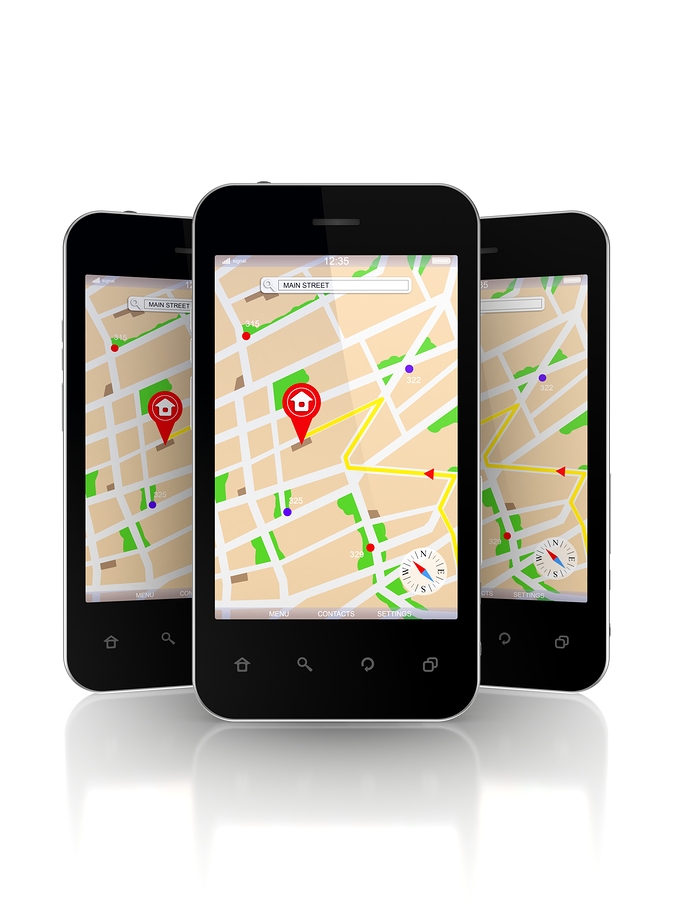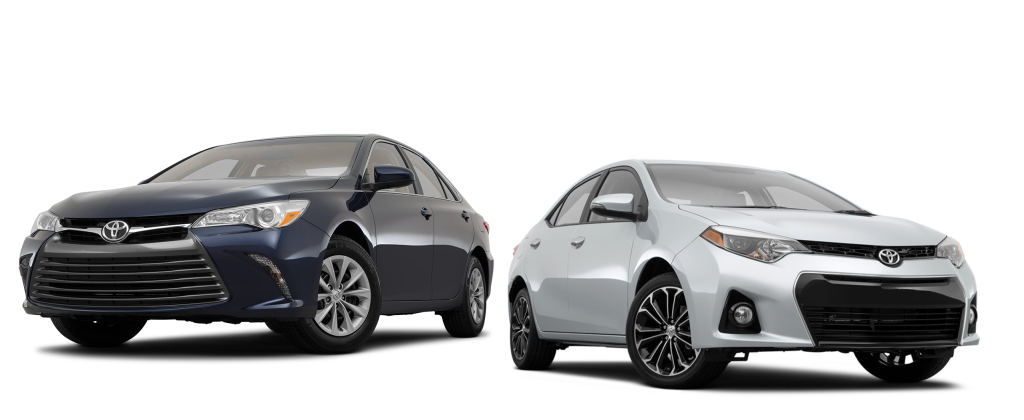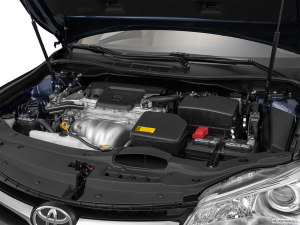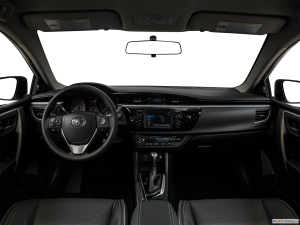Maps aren’t made of paper anymore. Interactive, ever-moving, touchscreen GPS systems are the preferred method of navigation these days, and there are several different types of GPS systems available. The three main options are In-Dash Navigation Systems, available on many pre-owned vehicles at Limbaugh Toyota in Birmingham, Smartphones with Navigation Apps, and Personal Navigation Devices. Let’s look at the pros and cons of each navigation system in turn.

In-Dash Navigation Systems
Conveniently placed and ever-ready to work, more and more vehicles offer GPS navigation systems built right into the dashboard.
Pros:
- Large, colorful touchscreens
- Dedicated to navigation, so other programs don’t drain speed or battery
- Speakers designed to be heard over road noise
- No expensive data plans
- Come with windshield mounts
Cons:
- Raises price of vehicle
- Fees to update map system
- Can only be used in its vehicle
Smartphone Navigation Apps
Many drivers have a smartphone on hand, and mobile navigation apps are relatively reliable.
Pros:
- Sharp imaging
- Intuitive controls
- Free or inexpensive navigation apps
- Up-to-date maps and traffic alerts
- Can be used to navigate in any car and on foot or bike
Cons:
- Small screen is difficult to see, especially when mounted to dash or windshield
- Phone volume competes with road noise
- Dangerous to use in hand while driving
- Expense of data plans and phones themselves
- Routing disturbed by incoming calls and texts
- Limited battery life
Personal Navigation Devices
Personal navigation Devices (PNDs), like Tom-Tom and Garmin-brand devices, aren’t as popular as they once were, but they could still prove useful to keep on hand.
Pros:

- Large, colorful touchscreens
- Dedicated to navigation, so other programs don’t drain speed or battery
- Speakers designed to be heard over road noise
- No expensive data plans
- Come with windshield mounts
Cons:
- Map updates require computer connection
- Not useful for navigating on foot or bike
- Limited battery life
Each of these systems have their advantages and disadvantages, depending on your budget and how often you need directions. Whether you choose one of these systems or just an old-fashioned paper map, find the right navigator for you at Limbaugh Toyota in Birmingham, Alabama.







